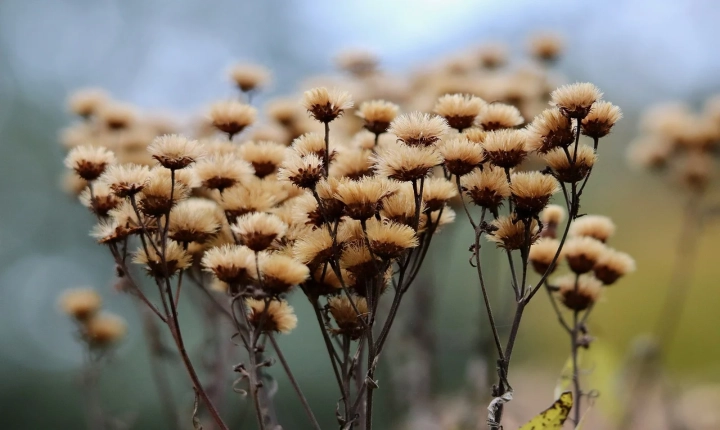Title: How to Spot AI-Generated Photos
In the age of advanced technology and artificial intelligence, it has become increasingly difficult to discern between genuine and synthetic images. With the development of highly sophisticated algorithms, AI-generated photos have become remarkably realistic, posing a challenge for people to identify them. This has significant implications for digital media, online security, and the potential for misinformation. Therefore, it is essential to understand how to spot AI-generated photos and discern their authenticity.
One common method for generating AI photos is through the use of Generative Adversarial Networks (GANs). GANs are a type of machine learning model that can create new data (in this case, images) by training two neural networks simultaneously. One network generates images, and the other evaluates their authenticity. This process continues until the generated images are indistinguishable from real photos.
So, how can you spot these AI-generated photos? Here are a few tips:
1. Pay attention to the background: One of the tell-tale signs of AI-generated photos is the background. AI algorithms may struggle to create realistic and detailed backgrounds, resulting in noticeable discrepancies such as unnatural lighting, perspective, or inconsistencies in the scene.
2. Look for subtle anomalies: AI-generated photos often contain imperfections that are not present in real-life photography. These can include unusual proportions of objects, unrealistic shadows, or artifacts around the edges of the image.
3. Consider the context: When encountering a suspicious photo, consider the context in which it is presented. If the source is unverified or the photo seems too good to be true, it’s worth investigating further.
4. Use reverse image search: In many cases, AI-generated photos are re-purposed from existing images. Using reverse image search tools like Google Images can help uncover the original source and provide insight into the photo’s authenticity.
5. Seek professional opinion: When in doubt, consult with experts in photography or digital forensics. Their trained eyes can often identify subtle clues that indicate whether a photo is likely real or AI-generated.
It’s important to note that AI technology is constantly evolving, and the ability to create highly realistic images is advancing rapidly. As a result, the line between genuine and AI-generated photos will likely continue to blur. In light of this, efforts in developing and employing advanced detection tools to combat the spread of misinformation and deepfakes are crucial.
In conclusion, the ability to recognize AI-generated photos is increasingly important in the digital age. By understanding the techniques and clues to look for, individuals can become more adept at discerning the authenticity of images they encounter. This awareness is a critical step towards mitigating the potential negative impacts of AI-generated content and ensuring trust and integrity in our digital landscape.
